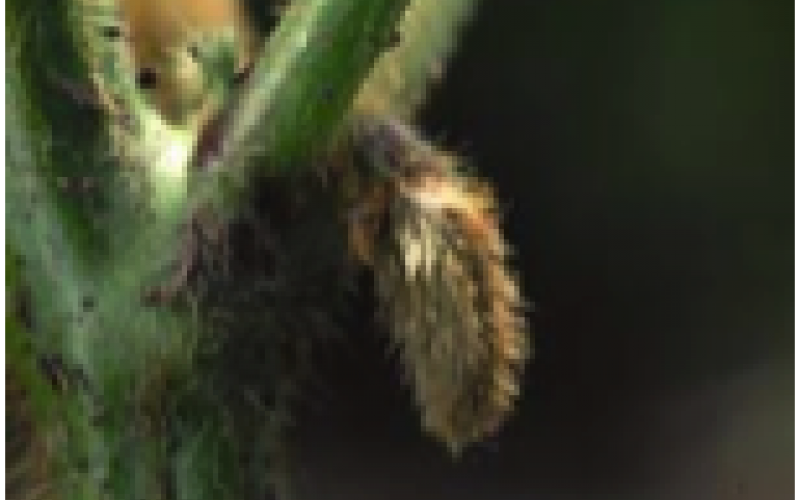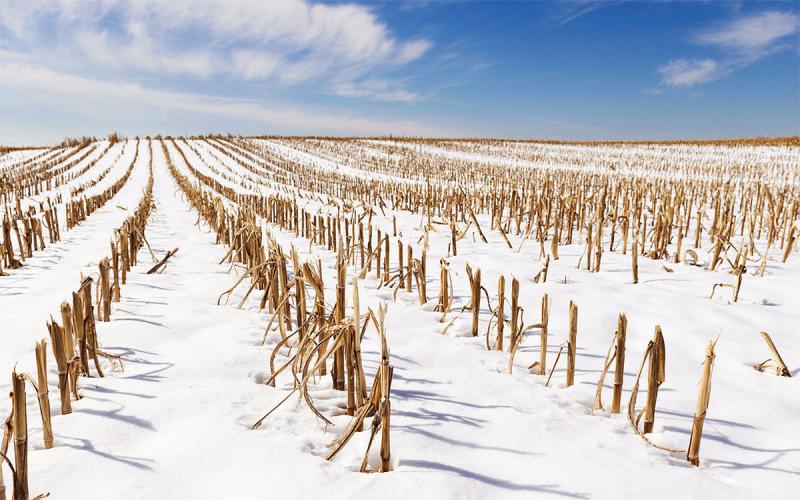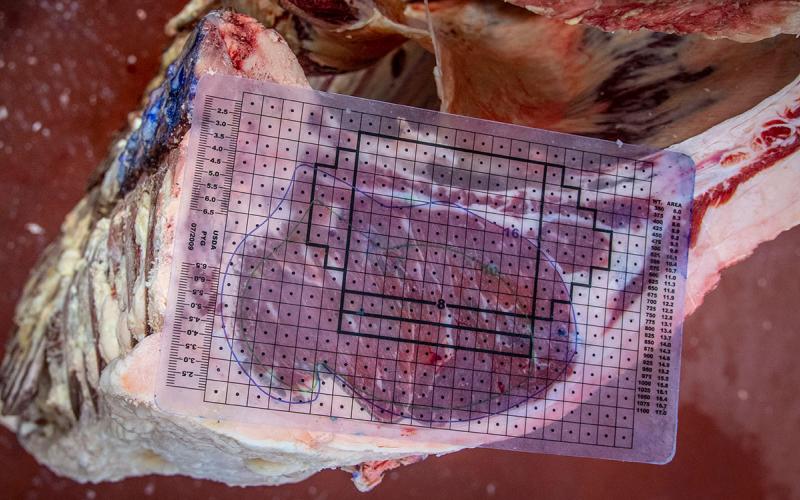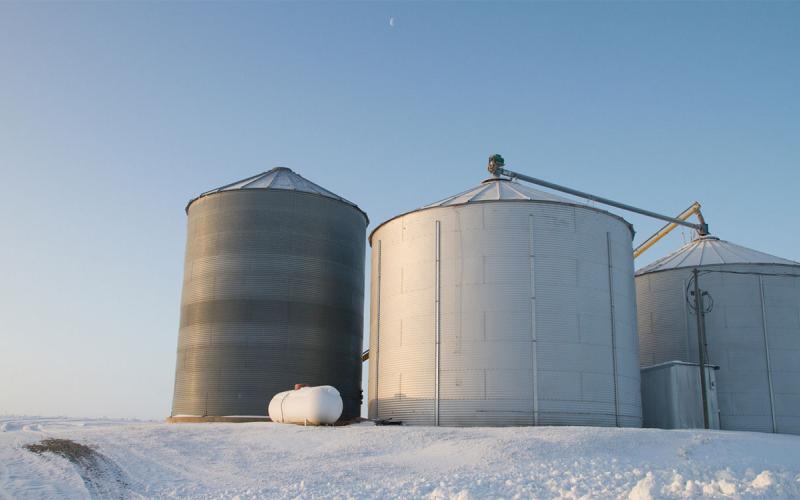Search

SDSU Extension to Kick Off Crop Hour Webinar Series in January
January 10, 2022
SDSU Extension will, once again, deliver a series of virtual Crop Hour webinars this winter. Starting Jan. 11, every Tuesday through Thursday from 10:00 a.m.-11:00 a.m. CST, participants are invited to take their coffee break online to hear the latest in crop management and agronomic research from SDSU Extension.

Fall is a Good Time to Test Your Soil for SCN
Is your yield monitor indicating low yielding areas in your soybean field? Soybean Cyst Nematode (SCN) could be the problem. Get to the root of the problem by testing your soil for the soybean cyst nematode. SCN management starts with a soil test to determine the presence or absence of this nematode in the soil. Absence may indicate either the SCN has not established in the field or could be present in non-detectable levels.

Late-Season Nitrogen For Soybean?
Some South Dakota soybean fields that were planted early and have had sufficient moisture have reached early pod setting stage (R3) and are looking good.

Ready, Set, Manage Hay Differently
Feed is expensive and sometimes hard to find. Pasture prices, harvest expenses, hauling and waste add to the total feed bill. Evaluate your forage situation this winter and make changes that improve your profitability.

SDSU Extension to Host Winter Agronomy Road Show
January 14, 2022
SDSU Extension will offer in-person agronomy clinics this winter at four different locations across the state. Kicking off Jan. 28 in Aberdeen, each location will have content that is customized to growers and agribusiness professionals in that area.

Beef Carcass Yield Grades: What do they mean and how are they calculated?
Beef carcass yield grades are used to estimate cutability, which is the amount of boneless, closely trimmed retail cuts from the round, loin, rib and chuck a carcass will yield.

Foliar Fertilization for Soybeans
There has been much press and interest for foliar fertilization of soybean - especially for micronutrients based on plant analysis. In general, foliar fertilization has not proven effective unless there is severe deficiency of a particular nutrient.

Forecasted Cold Temperatures Can Be Used To Cool Down Stored Grain
If temperatures are forecasted as being well below freezing, it would probably be a good time to start thinking about cooling stored grain. Cooling grain reduces the activity of stored grain insect pests and suppresses any mold growth that may otherwise occur.

Nitrogen Credit: The Rest of the Story
We have all been programmed to think of soybean as fixing nitrogen from the atmosphere and adding nitrogen to the soil. The SDSU lab and most other labs give nitrogen “credit” when another crop follows soybeans.

SDSU Extension Seeks Participants for Farm and Ranch Stress Assistance Network Focus Groups
January 27, 2022
SDSU Extension invites individuals involved in farming, ranching and agriculture to participate in a statewide comprehensive needs assessment on farm/ranch stress and mental health.